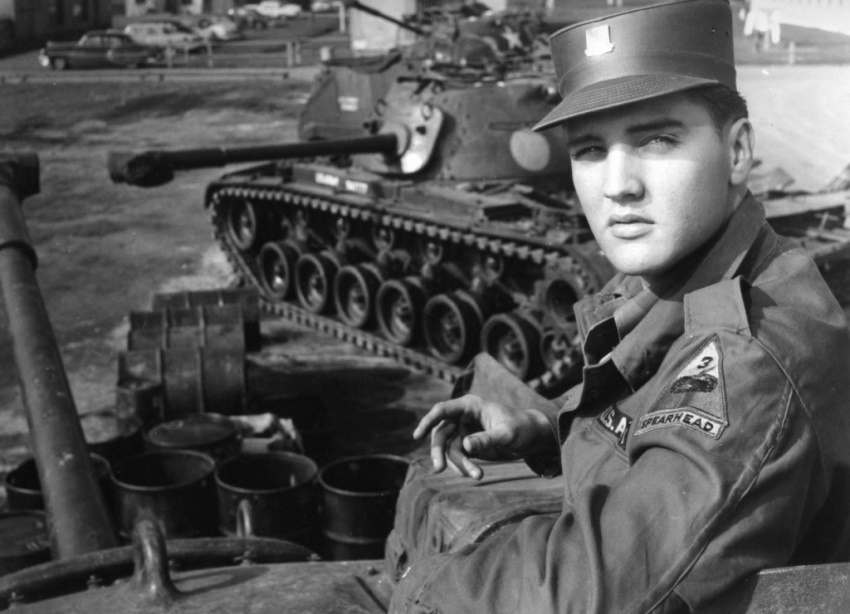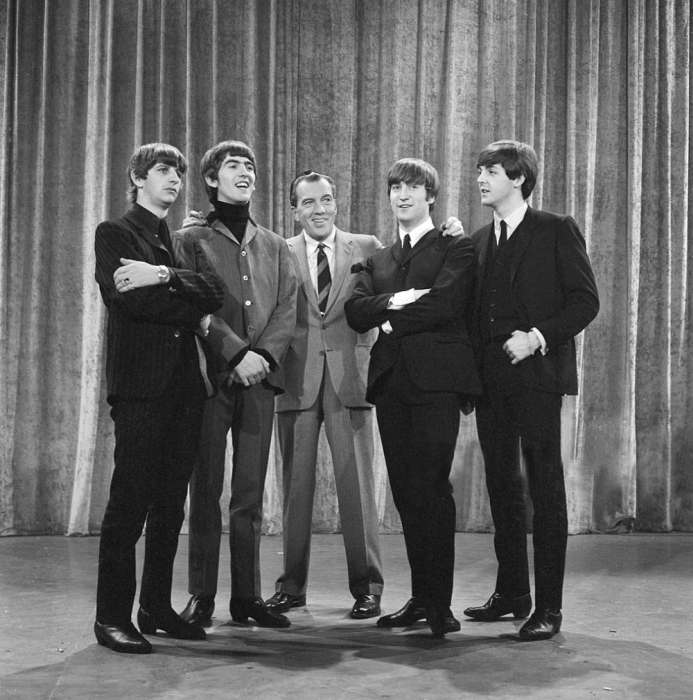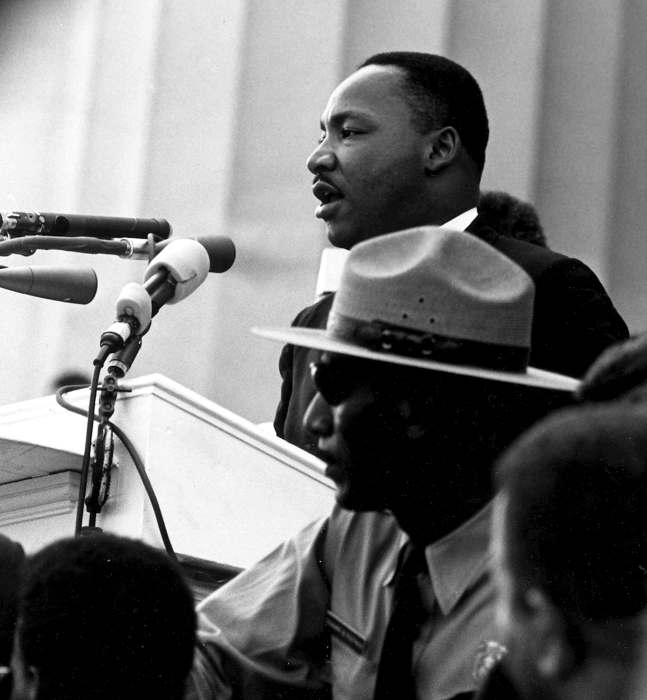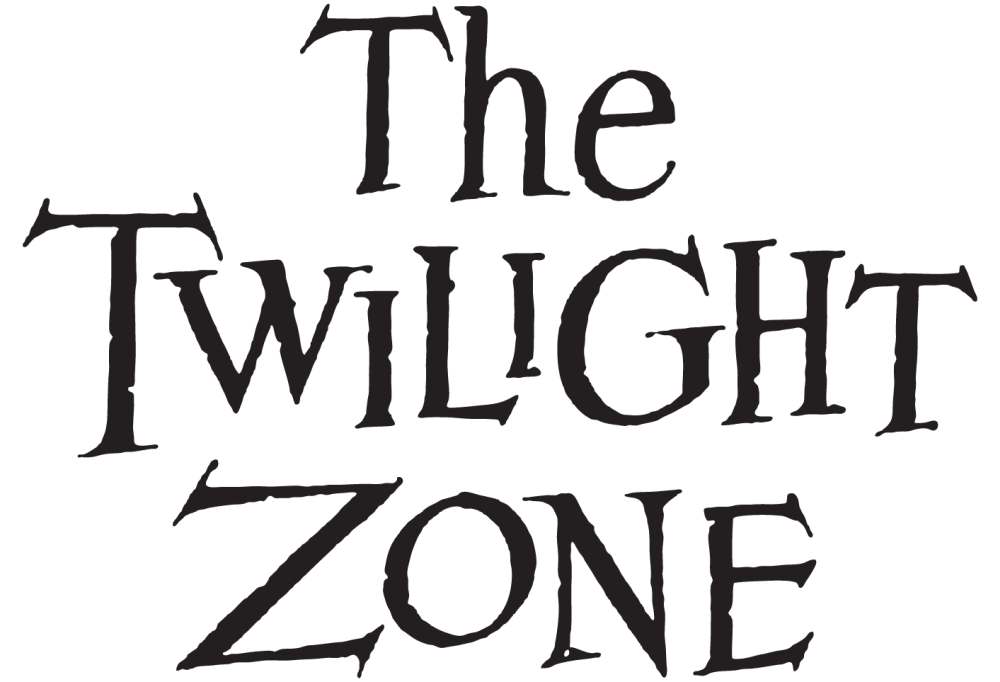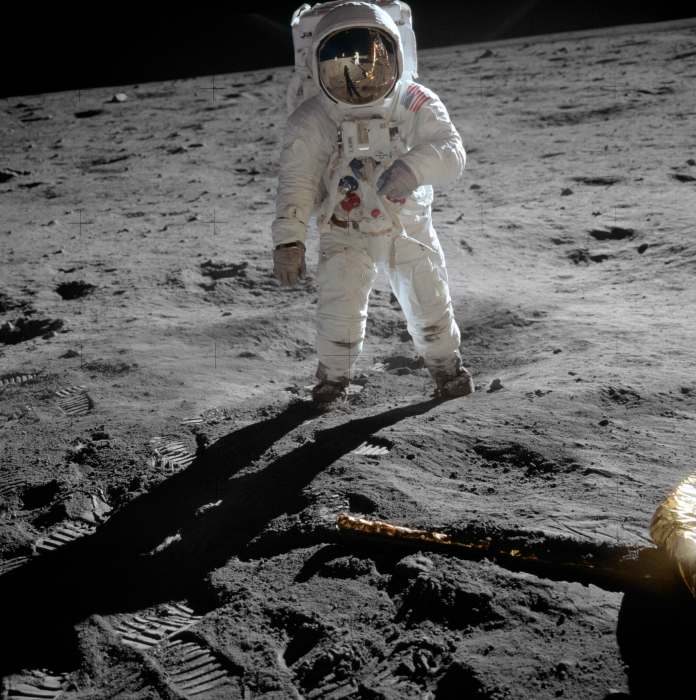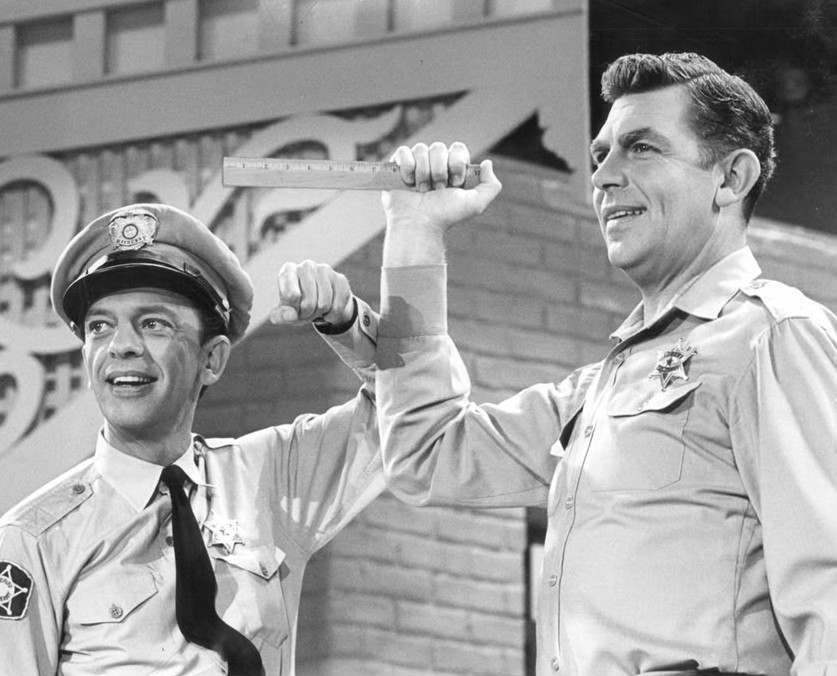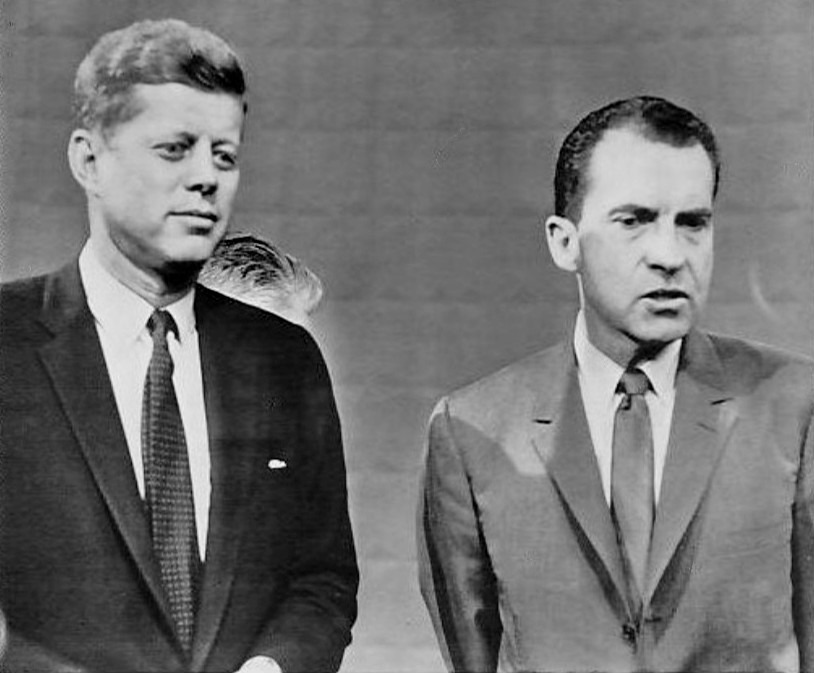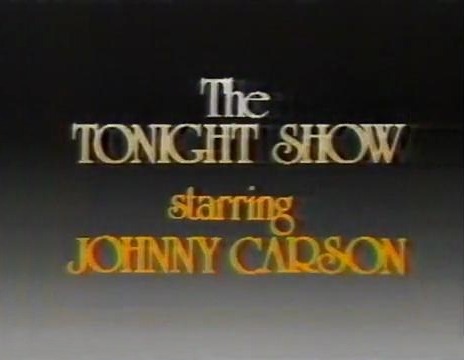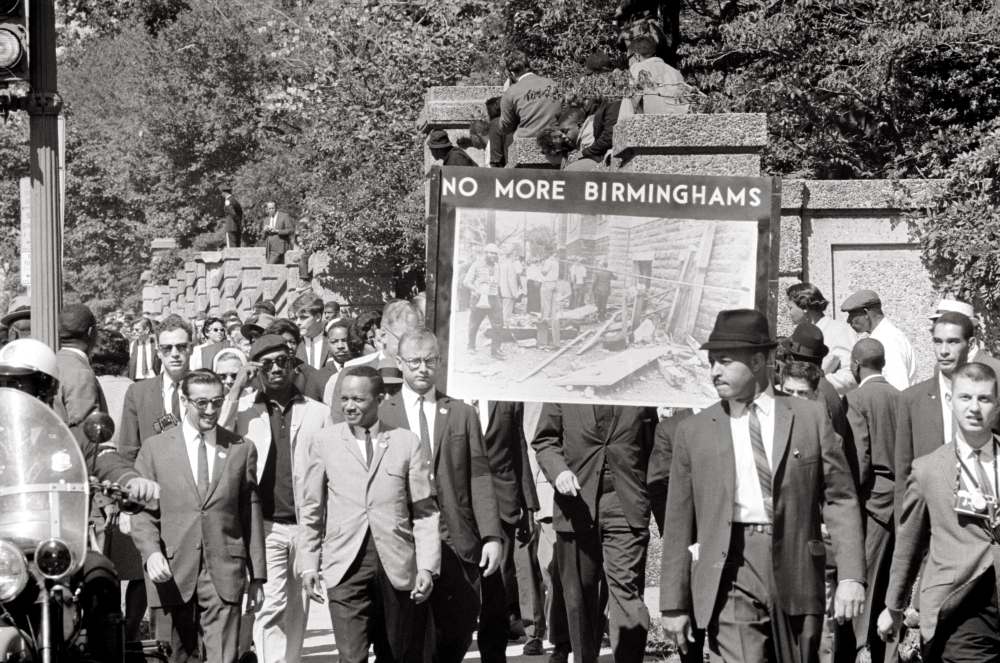The 1960s were a transformative era for television, delivering moments that have since become iconic pieces of cultural history. This decade brought us live broadcasts that captivated millions alongside pioneering series that challenged the norms of storytelling and representation. As we delve into this golden age of television, we’re set to explore 11 unforgettable moments that not only defined the entertainment landscape but also mirrored and shaped the societal changes of the time. Join us as we embark on a nostalgic exploration of these classic TV milestones, inviting you to relive the magic and legacy of the 1960s.
Elvis Presley Discharged from the Military
Elvis Presley, at the zenith of his entertainment career, made the remarkable decision to enlist in the military, stepping away from the limelight of recording and acting. His tenure in the US Army was a pivotal chapter in his life, marked not only by personal loss with the passing of two important women but also by significant new encounters. In 1960, after a two-year active-duty stint, Elvis was honorably discharged, closing a brief yet impactful military career.
This period in the Army was more than just a hiatus from entertainment for Elvis; it set the stage for a series of events that would cast long shadows over his future. It was during these years that Elvis is believed to have first encountered the prescription drugs that would later become a central struggle in his life. Despite becoming an unwitting proponent of these substances, the adverse effects they had on his health and well-being are often cited as contributing factors to his untimely demise.
Following his discharge from Fort Dix in New Jersey, Elvis didn’t immediately return to the public sphere. He completed his commitment to the Army Reserve, serving a total of four years in uniform. The journey back home to Tennessee turned into a spectacle, as the train carrying Elvis was met with fervent admirers at every stop. Obliging the love and enthusiasm of his fans, he made appearances at scheduled stops, a testament to his enduring star power and the unwavering support of his fanbase.
The Beatles on “The Ed Sullivan Show” (1964)
On February 9, 1964, The Beatles made their historic appearance on “The Ed Sullivan Show,” marking a watershed moment in American pop culture. This live performance, watched by an estimated 73 million viewers, was the band’s U.S. television debut and is widely credited with kickstarting the British Invasion of music. The energy of the live audience, the charisma of the band members, and the catchy tunes of “I Want to Hold Your Hand,” among others, left an indelible mark on the American music scene and television history.
The Beatles’ performance not only showcased their musical talent but also symbolized a new era of global interconnectedness in the entertainment industry, making it one of the most iconic TV moments of the 1960s.
“I Have a Dream” Speech Broadcast (1963)
The broadcast of Dr. Martin Luther King Jr.’s “I Have a Dream” speech on August 28, 1963, stands as a pivotal moment in the history of the Civil Rights Movement and American television. Delivered from the steps of the Lincoln Memorial during the March on Washington for Jobs and Freedom, the speech was a profound call for an end to racism and for civil and economic rights.
King’s eloquent vision of a society where people would be judged by the content of their character rather than the color of their skin captivated a national audience. The broadcast brought the urgency of the civil rights struggle into the living rooms of millions, galvanizing public opinion and becoming an enduring symbol of the fight for equality in America.
“The Twilight Zone” (1959-1964)
“The Twilight Zone,” which aired from 1959 to 1964, is celebrated for its inventive blend of science fiction, fantasy, and psychological thriller elements, all encapsulated within a groundbreaking anthology format. Created by Rod Serling, the series is renowned for its thought-provoking narratives, unexpected plot twists, and moral lessons that transcended the era’s typical television fare.
Each episode served as a standalone story, often concluding with a memorable or ironic twist that challenged viewers’ perceptions of reality and society. “The Twilight Zone” not only set a high standard for storytelling in television but also left a lasting legacy by influencing countless other shows and genres in the decades that followed.
The Moon Landing Broadcast (1969)
The live broadcast of the Apollo 11 moon landing on July 20, 1969, remains one of the most monumental moments in television and human history. As Neil Armstrong descended the lunar module’s ladder to take “one small step for [a] man, one giant leap for mankind,” an estimated 600 million people worldwide were glued to their TV screens, witnessing this unprecedented achievement in real-time.
This historical event not only marked the first time humans set foot on the moon but also symbolized the pinnacle of human ingenuity and the boundless possibilities of space exploration. The broadcast unified people across the globe, transcending geopolitical boundaries and inspiring generations to dream big and look to the stars.
“The Andy Griffith Show” (1960-1968)
“The Andy Griffith Show,” which aired from 1960 to 1968, remains a beloved fixture of American television for its portrayal of life in the fictional small town of Mayberry, North Carolina. Starring Andy Griffith as Sheriff Andy Taylor, the series was celebrated for its blend of gentle humor, warmth, and moral lessons, all set against the backdrop of an idyllic American landscape.
Unlike the fast-paced dramas of its time, the show focused on the slow, rhythmic cadence of small-town life, where characters often resolved conflicts with wisdom and a sense of community rather than force.
The relationships between Andy, his son Opie (played by Ron Howard), Aunt Bee, and the bumbling but lovable Deputy Barney Fife (Don Knotts) provided viewers with a sense of stability and nostalgia for simpler times. “The Andy Griffith Show” not only entertained but also left a lasting impression on American culture, illustrating the value of kindness, integrity, and the importance of community.
“The Dick Van Dyke Show” (1961-1966)
“The Dick Van Dyke Show,” which aired from 1961 to 1966, is celebrated for its innovative approach to sitcom storytelling and its portrayal of the personal and professional life of Rob Petrie (played by Dick Van Dyke), a television comedy writer. Created by Carl Reiner and featuring a stellar cast, including Mary Tyler Moore as Laura Petrie, the show was notable for its witty dialogue, sophisticated humor, and the chemistry among its cast members.
It broke new ground by depicting a more realistic, relatable American family and work environment, setting the stage for future generations of sitcoms. The series won numerous awards and is fondly remembered for its contribution to elevating the standards of television comedy.
Nixon-Kennedy Debate
The Nixon-Kennedy debate on September 26, 1960, marked a pivotal moment in American political history, being the first-ever televised presidential debate. The event was orchestrated by Don Hewitt, who would later become renowned as the executive producer of “60 Minutes.” This historic face-off featured Senator John F. Kennedy, representing the Democratic Party, and Vice President Richard M. Nixon for the Republicans. Contrary to the text, George H.W. Bush was not involved in these debates.
The debates were a series of four, with all major networks broadcasting them to ensure wide coverage. However, the inaugural debate stood out, drawing an unprecedented audience of around 70 million viewers, underscoring television’s emerging influence in shaping public opinion and political discourse.
This seminal broadcast demonstrated television’s significant role in American democracy, enabling direct engagement with key political issues by the candidates vying for the nation’s highest office. By reaching nearly 90% of American households equipped with televisions by that time, the debate showcased the medium’s potential to contribute to democratic processes beyond mere 30-second commercial spots.
The commercial-free format of this extended debate highlighted television’s capacity to offer substantive insights into political ideologies and platforms, promising a new era of civic engagement and informed citizenship through the power of broadcasting.
Carson Takes Over ‘The Tonight Show’
On October 1, 1962, Johnny Carson stepped into the spotlight as the new host of “The Tonight Show,” taking the reins from Jack Paar and embarking on what would become a legendary three-decade tenure. Carson, who had previously guest-hosted for Paar in 1958, quickly became one of the most iconic figures in 20th-century entertainment through his charismatic presence on “The Tonight Show Starring Johnny Carson.”
Initially hosting the show from New York City, Carson brought a unique blend of humor, wit, and charm to late-night television, setting the standard for future talk show hosts. In 1972, the show made a significant move to Burbank, California, marking a new chapter in its history and further cementing Carson’s status as a late-night luminary. After a remarkable thirty years that saw “The Tonight Show” become a staple of American television, Carson bid farewell to his audience in a memorable final episode on May 22, 1992, leaving behind an enduring legacy in the world of entertainment.
Cuban Missile Crisis
In October 1962, the Cuban Missile Crisis brought the world to the brink of nuclear conflict, with thirteen tense days that gripped global attention. The crisis began when a U.S. U-2 spy plane covertly discovered Soviet missile bases under construction in Cuba, a startling development that President Kennedy was keen to address without alerting the Soviets or Cubans to the discovery.
In response, Kennedy convened secret meetings with his advisors to deliberate on the United States’ course of action. Ultimately, he opted for a naval blockade, a strategic encirclement of Cuba, to prevent the Soviet Union from delivering more military supplies to the island. This “quarantine,” as Kennedy termed it, aimed to compel the dismantling of the existing missile installations and the destruction of the missiles themselves.
The gravity of the situation was communicated to the American public and the world in a solemn televised address by President Kennedy on October 22, laying bare the stakes involved and the measures taken to avert a catastrophic confrontation.
Birmingham Church Bombing
The Birmingham church bombing, a harrowing event in the Civil Rights Movement, occurred on September 15, 1963, when a bomb exploded at the 16th Street Baptist Church in Birmingham, Alabama. This act of terrorism was carried out by members of the Ku Klux Klan and tragically resulted in the death of four young African American girls who were preparing for Sunday services.
The bombing not only shocked the nation but also galvanized the Civil Rights Movement, highlighting the profound racial divisions and the urgent need for change in America. This tragic event served as a catalyst for the Civil Rights Act of 1964, marking a significant turning point in the struggle for racial equality in the United States.
Conclusion
In reflecting on these 11 iconic TV moments from the 1960s, it’s clear that this decade was a transformative period for television and society as a whole. From groundbreaking musical performances and pivotal civil rights speeches to landmark sci-fi series and historic global events, the 1960s set the stage for the evolution of television into a medium that could not only entertain but also educate, inspire, and unite people across the globe. These moments are enduring symbols of the era’s cultural, social, and technological shifts that continue to resonate with audiences today.


